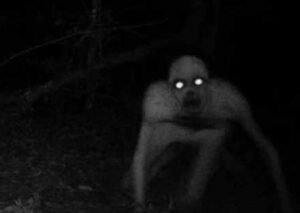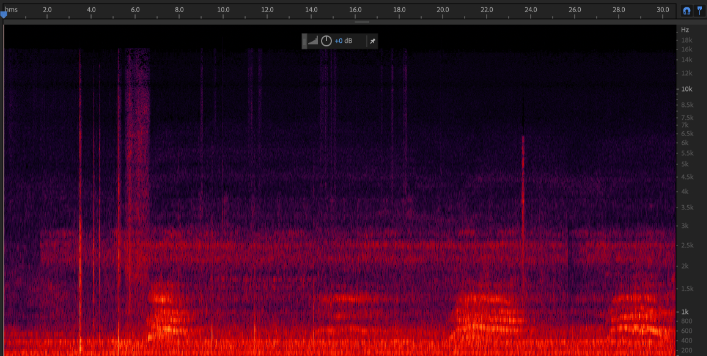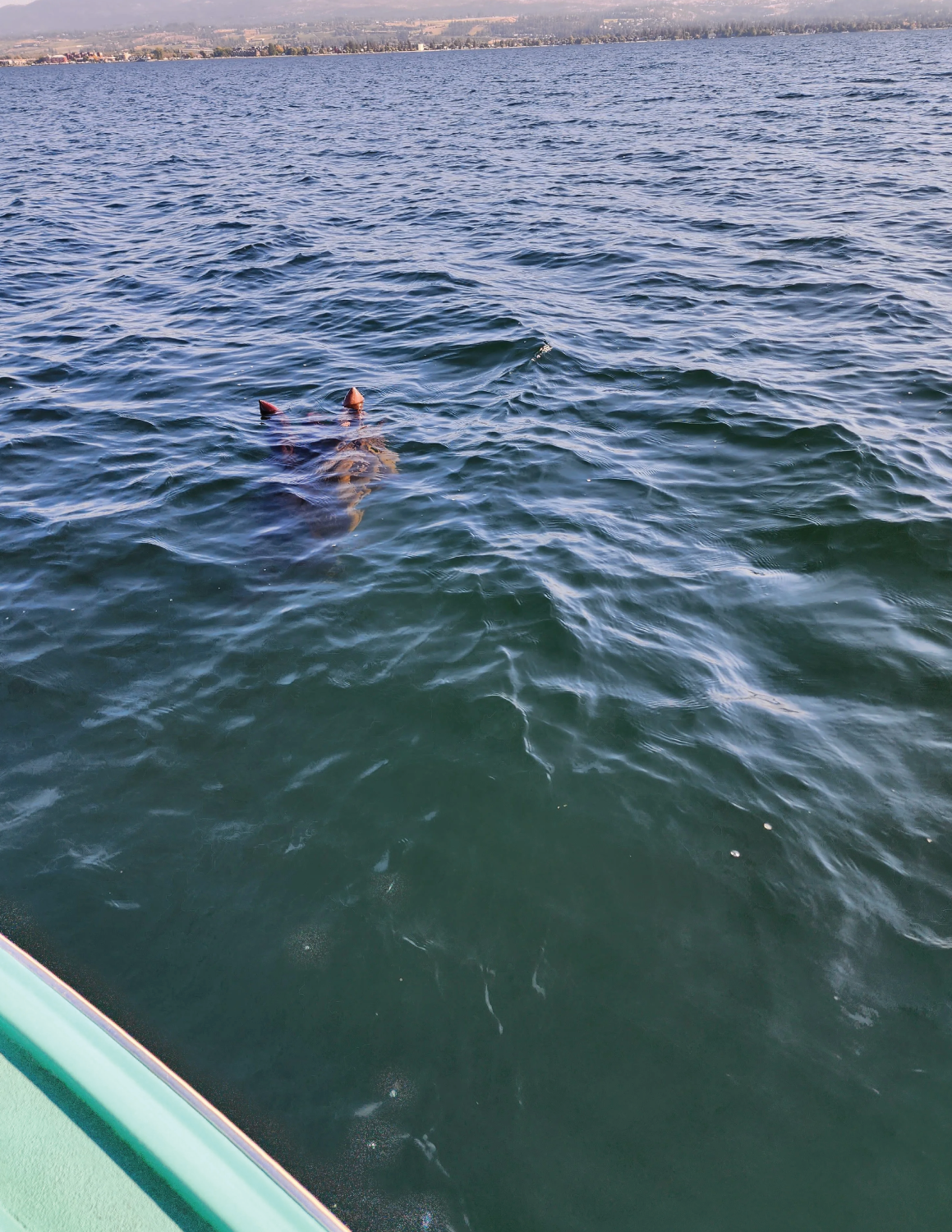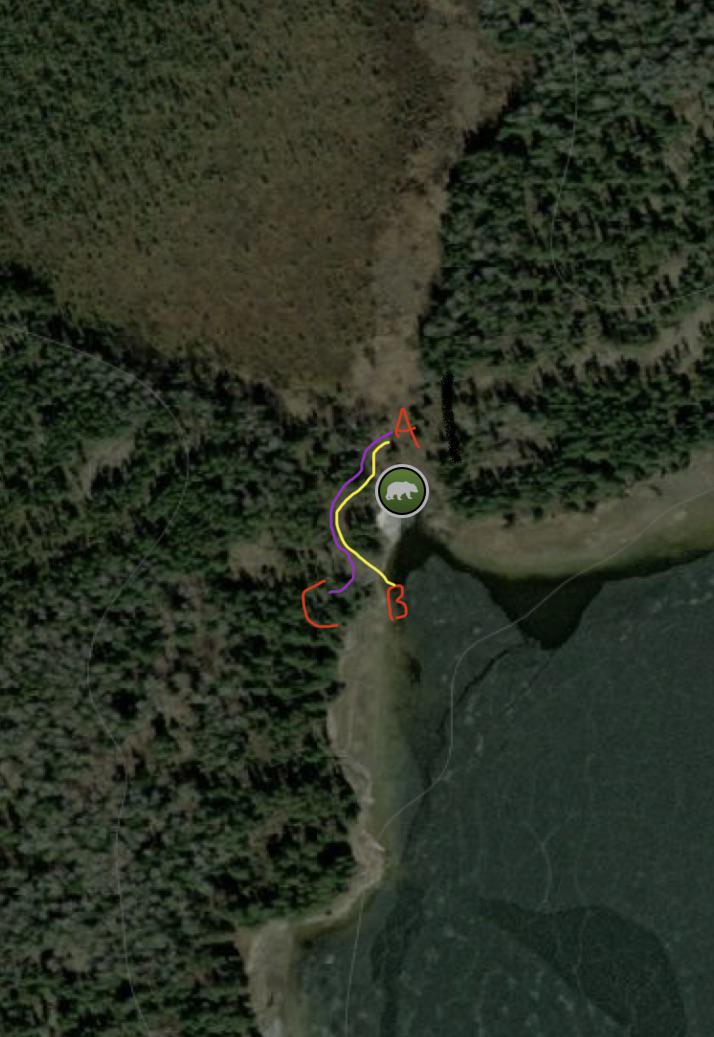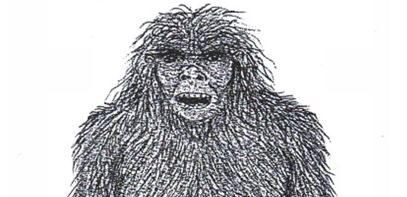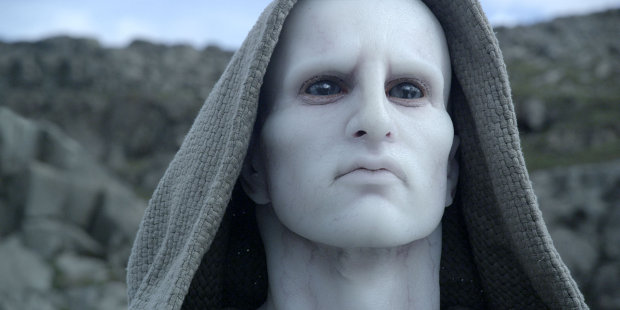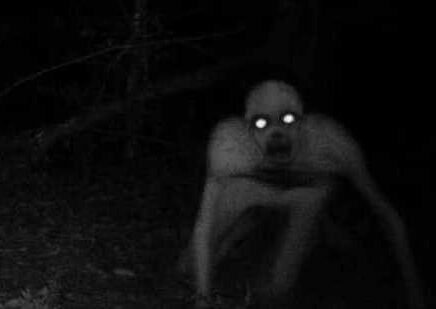The Medieval Wildman, also known as the Woodwose, is a mythical figure that appears in the art and literature of medieval Europe. Said to be smaller and more manlike, reported at 6 – 7 feet tall, walking on two feet and have gorilla-like features with hair covering their entire body. Woodwose translates roughly to “wood-man”.
Woodwose imagery is found in England from the 8th century all the way to the 16th century, depicting these men of the forests. Rarely ever women, but depicted in a variety of media – dramas, manuscripts, and even paintings.
Without many stories existing of these creatures, through their media representations, they seem to be more of a trickster-like creature.

In the 12th Century, these creatures began to appear in English churches, carved into fonts, spandrels and roof pieces. Many of these depictions show the Woodwose fighting off lions or dragons (both coincidentally a threat to man). It was widely believed the Woodwose would scare away evil spirits.
However, in many other art depictions, the Woodwoses clubs sometimes had a child tied to them. As per legend, they had immense superhuman strength, were deaf to the word “God”, and would think nothing of snatching a child and eating them. This appetite was carried over into adults as well – Male Woodwoses would abduct females, and vice versa, female Woodwoses would seduce and lure men.
Woodwoses have been labelled as cousins of the Sasquatch.
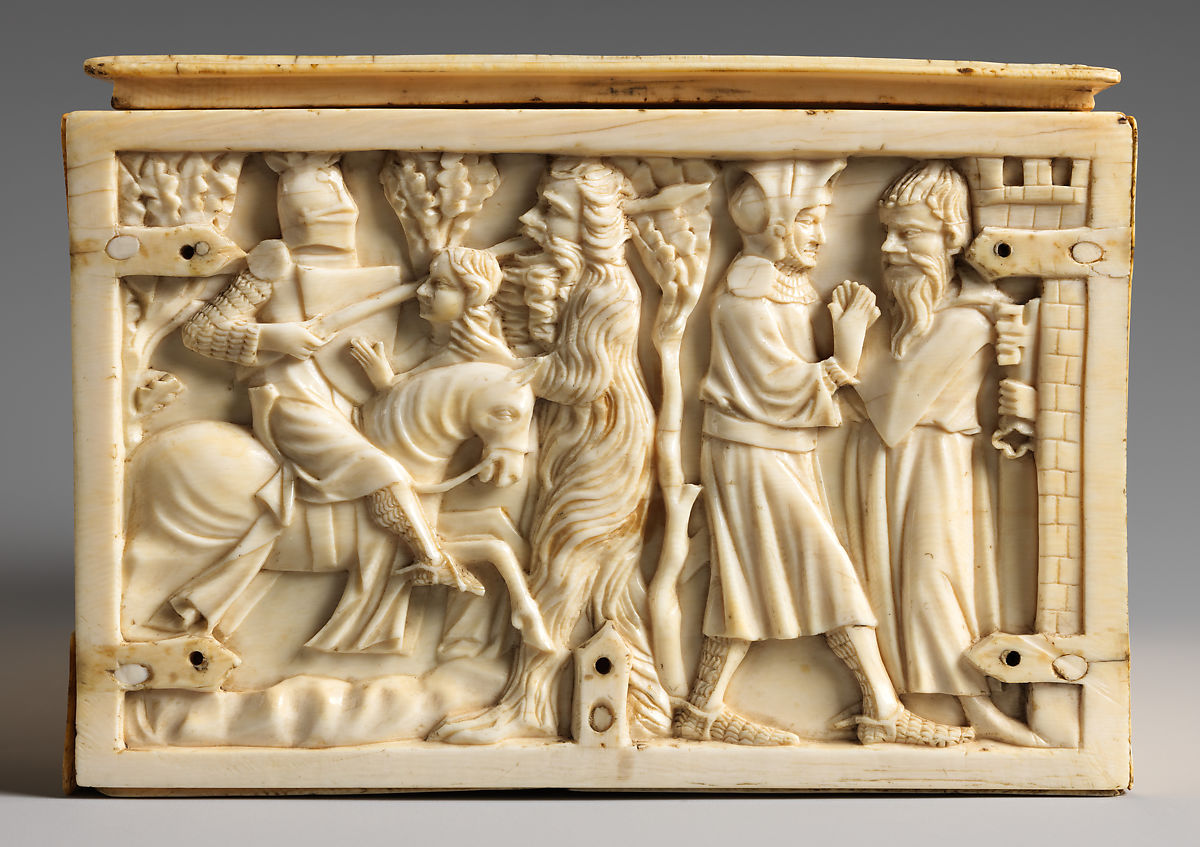
- During Romanesque Europe, a Wildman is described in the book of Konungs Skuggsja, written in Norway in 1250 AD. (The book gives information on trade, seafaring) However several chapters detail encounters of wild men or Woodwoses.
- A “Black and Hairy” forest dwelling creature is detailed in the book of “Renaud de Montauban”, written in the late 12th century.
Renaissance engravers in Germany and Italy were particularly fond of wild men, women, and families.
During the 12th century, many of these accounts unfolded – One encounter to note is in 1190, in the introductory section of a rhymed poem (Iwein [pronounced ee-vine] – the Celtic Arthurian Epic) featuring 8,000 lines, a knight named Kalogrenant recounts an excursion that took place.
Kalogrenant was riding throughout the wilderness of the Bretagne (Brittany, France’s Northwesternmost region), an area of dense, swampy forests. Kalogrenant eventually came to a clearing, where several Bison and Auerochs (Extinct since the 17th century) were all squaring off. Suddenly, he noticed a man sitting among the animals.
Attached is the translated Kalogrenant encounter from Middle High German into English –
There I saw a man sitting right among all of them: that caused my mind to be reassured. But when I came closer and could really observe him, I was very frightened of him as of the animals, if not more so. His human appearance was above all monstrous He looked like a moor, large and so frightful that nobody would believe it. Truly, his head was bigger than an Aueroch's. This brute had unkempt and dirty hair: It was dense and completely felted up on the skin of his head and in his beard, his face was about an ell wide, lined with large wrinkles. There were also his ears like those of a forest troll, overgrown as if by moss With hair the length of a span, Wide as a pan. This hulking man had long, scruffy and gray beard hair and eyebrows. His nose was a big as an ox's short, wide, and nowhere bare. His face lean and flatOh, how frightful he looked - his eyes red, angry-looking. His mouth stretched in both directions across his cheeks. He had strong teeth, like a boar, not like a man: out of the door of his mouth they stuck out, long, sharp, large and broad. His head was put on him such that his rough chin seemed to be grown to his chest. His back was curved up, hunched and bent outward. He wore peculiar clothes: two pelts he had put on: these he had just then pulled off two animals. He carried a very large club, which made me unsettled that close to him.
Sourced from the BFRO legends website
Kalogrenant apparently speaks to this creature, inquiring if it means him harm to which it responds “If you don’t harm me, I will be a friend”. Kalogrenant eventually departs. Other giants are mentioned throughout the epic but have no other discerning features aside from their size.
Notable features mentioned are rather in relation to that of a Sasquatch – darker skin colour, covered in hair, low set head upon its shoulders, with a hunched posture.
Blemmyes –
Blemmyes are various species of mythical headless men that inhabited remote parts of the world. Blemmyes are mentioned to occur in 2 distinguishing types, either with eyes on the chest or the eyes on the shoulders. These creatures were illustrated onto medieval maps.
Could be mistaken as Bigfoot? Europeans formerly considered Blemmyes to be an exaggerated report about apes.
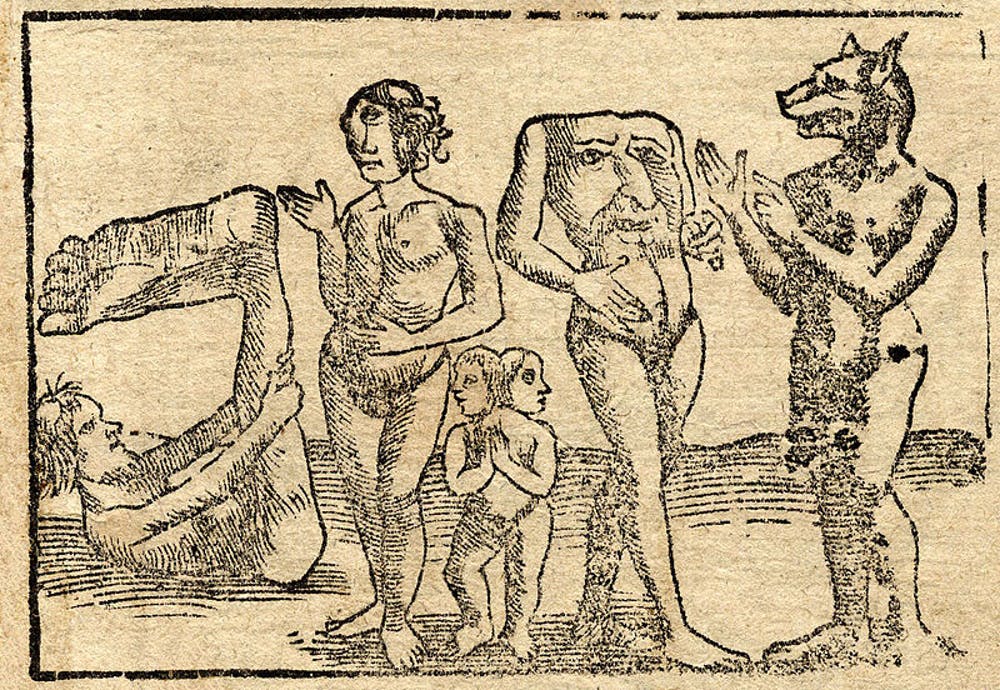
The fifteenth-century Strasbourg theologian – Geiler von Kaysberg, in one of the collected sermons, published under the title Die Emeis (The Ant), categorized five types of wild men: The Solitarii, the Sacchani (who lived in the desert wilderness), the Hispani, The Piginini, and the Diaboli.
Much of this imagery appeared in the late medieval times, which served as a contrasting function as the wild man being both myth and a symbol.
The Anthropophage –
The Anthropophage, is a mythical race of cannibals, the word first appearing in English in 1552. Many tribes which were neighbours had removed themselves and distanced further away.


